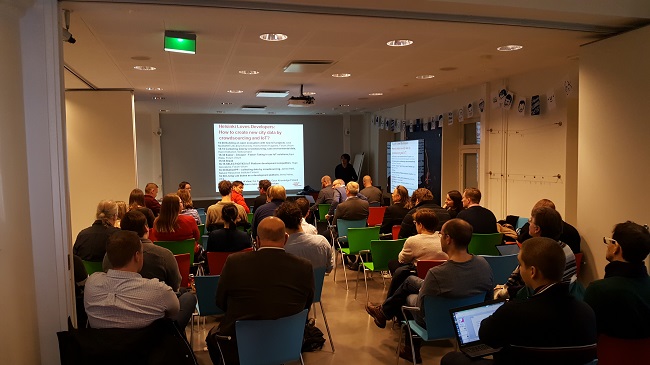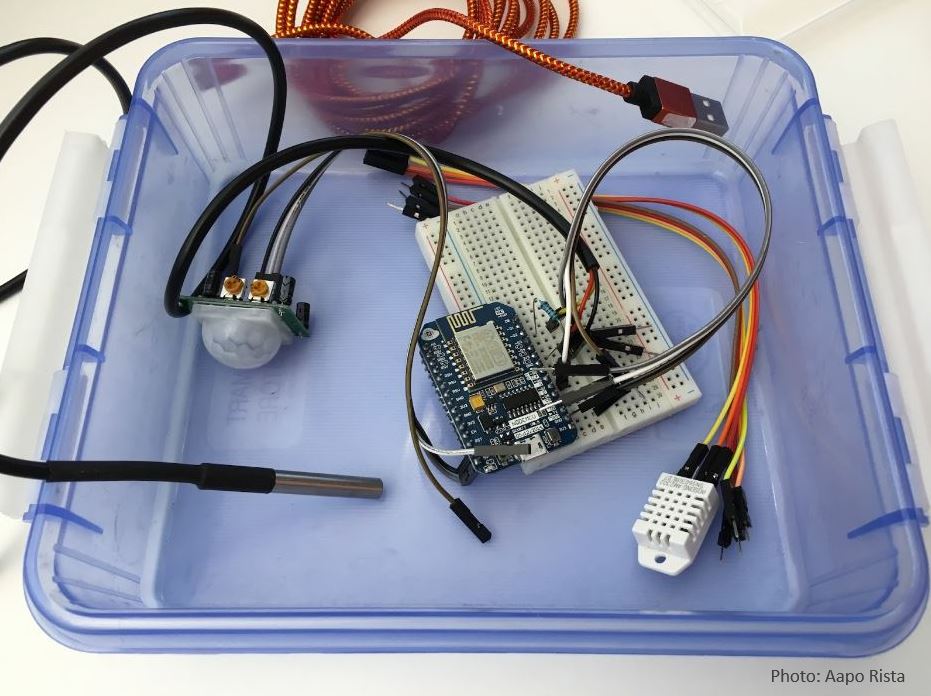Crowdsourcing and the IoT: new ways of collecting data about the city
It’s important for officials to have the most accurate and broad information possible about their domain of operation. In tune with this sentiment there are many ongoing ventures by the city of Helsinki and other organizations to explore new ways of collecting data, especially using distributed or moving sensing technology (ie. IoT) as well as utilizing regular people as data collectors (i.e. crowdsourcing). On 2nd of March 2017, Laituri saw a variety of speakers and crowd eager to know about the activities of the City of Helsinki that lie under these umbrella terms.
The talks given at the event varied over quite a wide spectrum. On the experimental / smaller-scale end we heard about a crowdsourced air quality measurement experiment (looking for volunteers! more info below) as well as experiences of developing a mobile app for generating and sharing knowledge about the Baltic Sea.

On the more established / large-scale end of the spectrum we were introduced SELECT4CITIES, a competition for IoT platform development (this competition is dishing out potentially millions, so definitely check it out if you’re a commercial actor!), and the SynchroniCity project that aims for the “creation of an IoT enabled digital single market in Europe and beyond”.
Internet of Things
For those working with technology and technological infrastructure, the term Internet of Things (IoT) probably sounds quite familiar, as it’s being embraced and talked about by big industry players as well as forward leaning governments around the world.
In its simplest formulation, the IoT is taken to mean devices that are connected to a network, which is of course something that has been around for a while. However, in the recent past the costs and form factors of hardware (microcontrollers, radios and sensors) have drastically fallen and the user friendliness of software tooling has improved by leaps. Combined, these advancements have led to it being feasible for the enthusiastic layperson to build their own IoT solutions, or for industry actors to build large scale smart device deployments without giant investments. This is really only the starting point though, as challenges quickly present themselves regarding identity management (of both the “things” and humans), permissions and security, and interoperability.
Getting started with sensoring and data
“Gadget Workshop”

If you’re a local government actor interested in getting started with some sensors quickly to monitor your environment, you’ll be thrilled to hear about the Gadget Workshop (Vekotinverstas) of the City of Helsinki. Introduced by Aapo Rista of Forum Virium Helsinki, the Gadget Workshop is going to offer assistance in building and deploying simple sensors to stay informed of surroundings. One example could be monitoring the utilization of meeting rooms (could be inferred from light level or noise measurements).
Living lab buses as a development platform
Immo Heino from VTT described their project of creating “smart buses” to act as a testbed and a platform for prototyping moving data collection technologies and analyses of said data. The data collection architecture and the APIs demonstrated were quite mature and are expected to be published to the community soon. The platform will be open for use, but will require a registration so as to keep track of usage and resources needed.
Partners in the project include academic institutions, companies and 3rd parties, which could include you! Content will appear on the project web page as the project progresses.
Projects at the Forum Virium Helsinki
Hanna Niemi-Hugaerts (from FVH) showcased many ongoing or starting projects. These are focused on consolidating and harmonising IoT markets across cities in Europe (SynchroniCity), or making efforts improve environmental friendliness with smart city solutions (MySMARTLife).
The Env&You project is also concerned with the environment and will employ crowdsourcing as a means to monitor environmental aspects such as noise and air pollution. Hanna is involved with creating an IoT team in FVH to solidify these activities and thinking in the city’s operations.
Crowdsourcing and personal data
More information
- Hanna Niemi-Hugaerts: Building an open ecosystem with new IoT projects
- Henri Kotkanen: Kansalaisdata hyötykäyttöön?
- Aapo Rista: Tee-se-itse IoT
- Hugo Goncalves: SELECT4CITIES IoT Platform development competition
- Janne Artell: Experiences: collecting data by crowdsourcing
- Immo Heino: Living Lab Bus as a development platform
- Kai Kuikkaniemi: MyData Alliance, Interoperability Model
Kai Kuikkaniemi from Open Knowledge Finland talked about the revolution of MyData thinking. It seems that personal data is going to be a wholly new asset type, or “the new oil”, with estimated potential value of up to a trillion euros. However, at the moment consumers’ trust in companies that currently handle personal data is very low, and as trust is a concept is central to MyData thinking, the realization of this potential market value remains to be seen.
Like we heard from Janne Artell of the Natural Resources Institute of Finland, gathering crowdsourced data has many challenges. The needs and wants of the users and researchers might clash, the users might abandon the app because of usability problems, not to mention the possible privacy problems of collecting data about the movements of users, even given their consent.
As mentioned above, we will see what happens if we also try to tackle these issues head on with a small crowdsourced experiment conducted within the 6Aika project by recruiting a handful of people to carry around dedicated air quality sensors to be uploaded in a cloud platform. We have started specifying the requirements for the platform in the form of user stories, and kindly invite you to give comments and contributions!
If you’re interested in taking part in some of these experiments as a data collector, sign up here! This is only to express interest, and we will be contacting everyone who signed up later during the spring to see which experiment would be right for you!
Author: Henri Kotkanen
